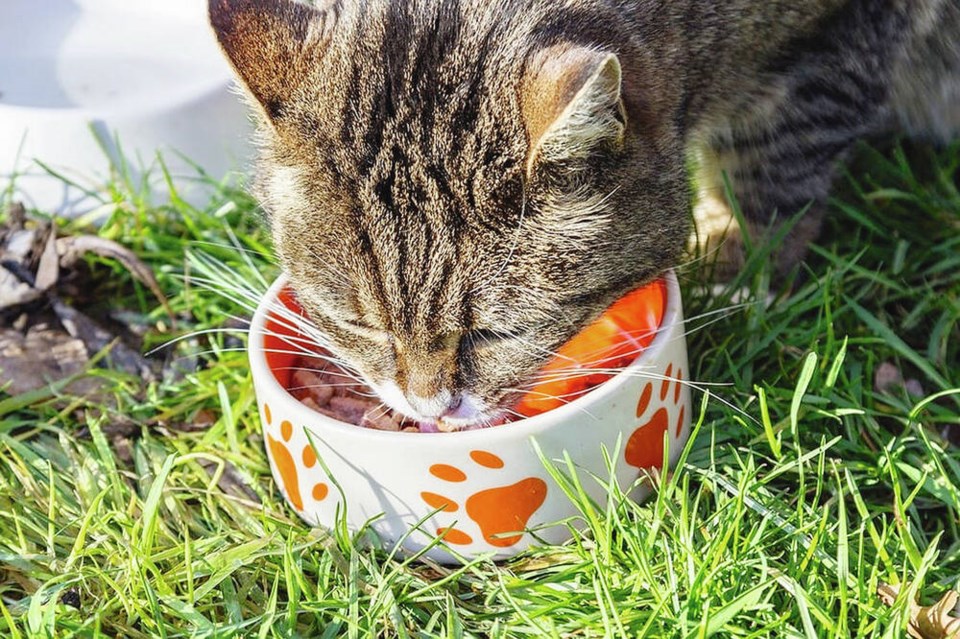“I’m pulling the plug on the cookbook project,” Nature Boy shared recently.
“You’ve put so little work into it, why stop now?” I asked. “Surely, there’s as much demand as ever for 100 Delicious Ways to Serve Cat Food at Dinner Parties Without Letting the Cat Out of the Bag. Stats Canada says food costs have increased by 22.5 per cent over the last four years. People still need to put the meatloaf on the table.”
“I think people may be habituating to the higher costs,” he said. “And pet-food prices have also increased.”
Then I had a Good Idea. (It happens sometimes.) “Maybe you can use the time you’re not going to be fiddling with kibble to look after the vegetable garden.”
As Times Colonist columnist David Sovka wrote in these pages last week, “when it comes to finding a career, everybody’s number-one value is not having to eat cat food.”
Nature Boy’s own Good Idea — the cat-food cookbook — was inspired more than a decade ago by a conversation we’d had with a friend about their career move.
The friend had just quit his safe government, benefits-laden, defined-benefit-pension-earning job to launch himself as a freelancer — er, consultant. (“I don’t use the word ‘freelance,’ ” he said. “People hear ‘free’ and expect to pay accordingly.”)
The friend told us that cat food was his fallback plan.
It was a joke. I think.
Given that his business has since done very well and he has never lacked for clients or high-paid consulting work, even during the pandemic doldrums, this friend is unlikely to ever need to replace his Cheerios with kibble.
And while I wondered whether we should invest in the pet-food industry — you know, just in case — Nature Boy saw another potential opportunity.
If this friend may/may not seriously have been considering cat food as a viable alternative to filet mignon or hamburger, others might as well.
Over the last few years, anyone who has been responsible for filling the refrigerator or putting food on the table has watched the price of groceries rocket.
Like many others, Nature Boy and I have cut back on discretionary spending, dining out and buying gourmet, or merely costly, treats.
I’m more than glad to say that Nature Boy hasn’t yet visited the pet-food aisle to stock up on alternative protein sources for the dinner table.
Despite lower inflation rates than in previous years and the Bank of Canada’s recent interest rate reduction, 57 per cent of Canadian households say their incomes are lagging behind inflation, according to TransUnion’s most recent consumer pulse study.
Inflation has hit the pet-food aisle and the meat and dairy counters, bakery and produce section alike.
Statista reports cat owners in Canada spent $576 on food for Felix in 2022, the third-highest cost category that comes with cat ownership.
The site also reports that the cost of Felix’s and Miss Miao’s food has doubled since 2020, while Statistics Canada indicates that in some recent years, pet-food prices increased at twice the rate of inflation.
All the usual pandemic-related issues that affected other industries also hammered pet food manufacturers — supply-chain problems, inflation and crazy weather events.
Just as demand at food banks across Canada has risen, so, too, has demand at pet-food banks where they exist.
Whether it is indeed possible to serve cat food in 100 different delicious ways to friends without losing those friends — a challenge I prefer to forego — the economics of trying to do so provide less and less incentive.
>>> To comment on this article, write a letter to the editor: [email protected]



